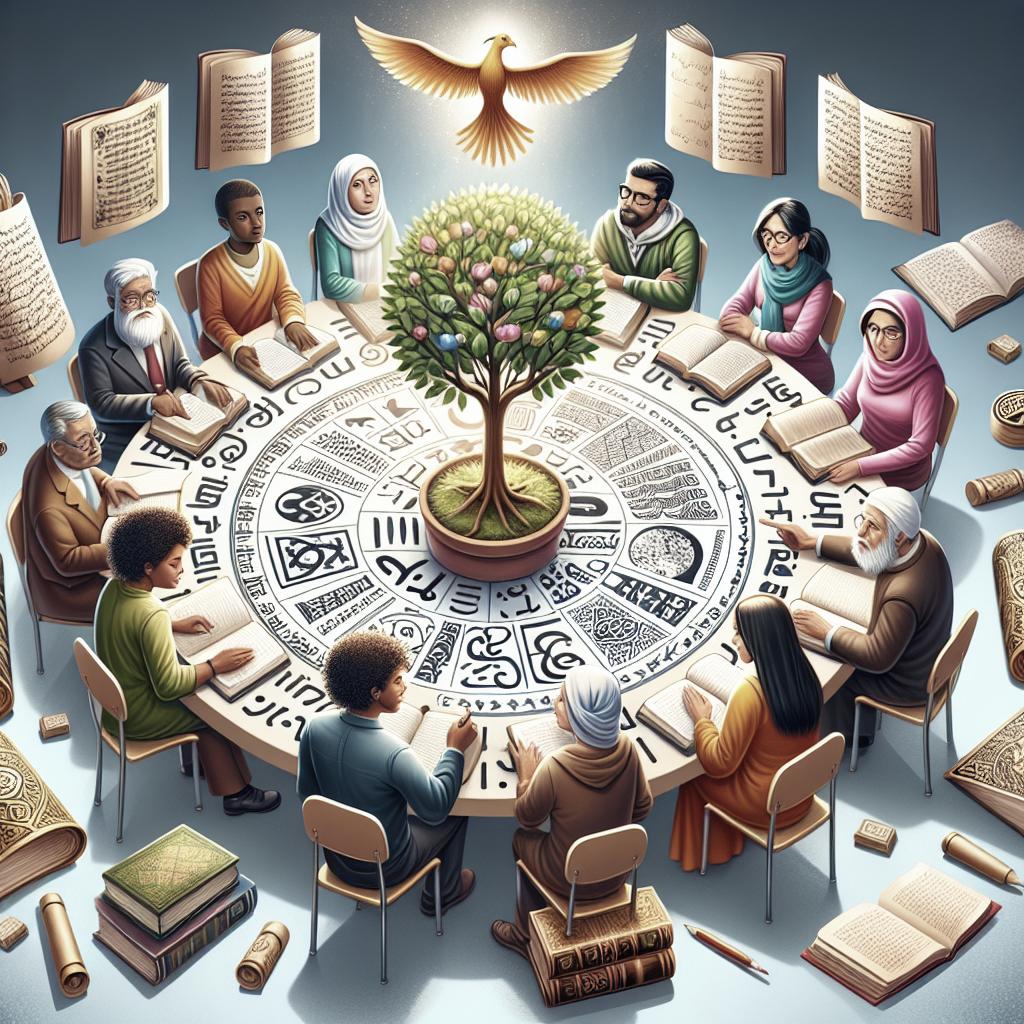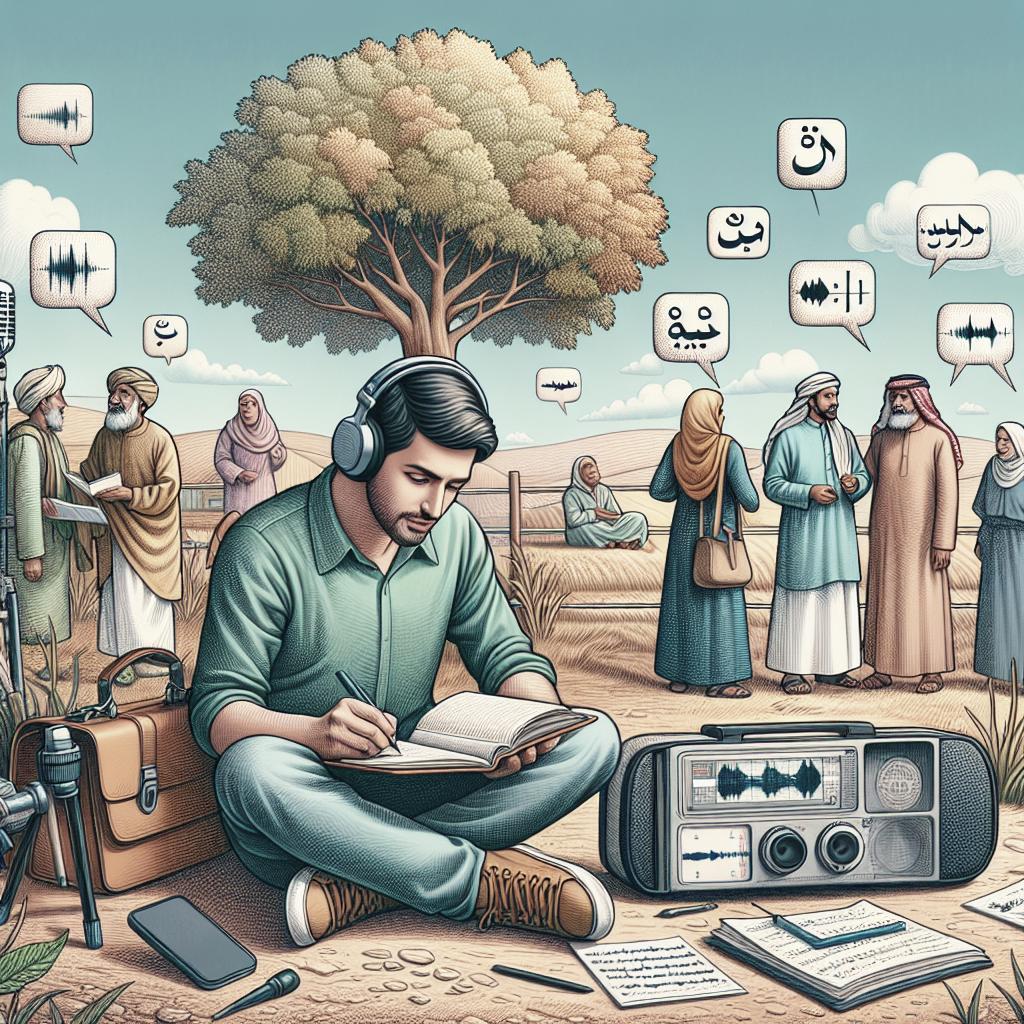<>
« `
Principles of Language Revitalization
In a world where linguistic diversity is rapidly diminishing, language revitalization has become an essential endeavor for preserving cultural heritage and promoting community identity. This post examines the principles of language revitalization by breaking down the components needed to successfully revitalize endangered languages. Key elements include community involvement, comprehensive educational strategies, adequate funding, and the use of technology. By examining these principles through various seasons and years, we aim to provide a thorough understanding of the multifaceted approach required for such an important task.
Fall 2024 Meeting Schedule:
Language revitalization initiatives often hinge on community involvement. In Fall 2024, committees might focus on strategies to re-engage community members, particularly targeting youth engagement. Schools and community centers can play pivotal roles in integrating the language into daily activities, fostering a sense of ownership among community members.
Funding remains a critical issue. Detailed budgeting plans that outline financial requirements for educational materials, teacher training, and community events are often discussed in these fall meetings. The goal is to ensure a sustainable model that doesn’t lapse due to lack of resources.
Spring 2024 Meeting Schedule:
Spring sessions usually delve into progress assessment. Evaluation metrics such as increased language proficiency among community members and the number of new language classes introduced are key topics. These meetings might also consider feedback from teachers and students to refine techniques and methods.
Another focus could be on cultural integration. The incorporation of traditional practices and stories into language learning can make the language more relevant to the young generation, strengthening their emotional connection and commitment to revitalization efforts.
Fall 2023 Meeting Schedule:
During the Fall 2023 meetings, technology’s role in language revitalization will likely be a focal point. From developing language apps to creating online repositories of linguistic resources, tech innovations offer scalable solutions to reach broader audiences. Presentations by tech experts on virtual reality and artificial intelligence applications for language learning might be included.
Additionally, developing partnerships with tech companies to create custom tools tailored to specific communities’ needs will be emphasized. This could ensure that the language learning resources are both accessible and highly effective in fostering fluency.
Spring 2023 Meeting Schedule:
Dialogue in Spring 2023 sessions might emphasize the importance of immersive learning environments. Creating spaces where the endangered language is spoken exclusively helps reinforce new vocabulary and grammar structures. These environments could range from summer camps to cultural retreats.
There might also be discussions on strengthening collaborations with educational institutions. Universities and schools can be pivotal in developing curriculum adjustments that incorporate the endangered language, from elementary levels to higher education programs.
Fall 2022 Meeting Schedule:
Planning for Fall 2022 would likely have revolved around the importance of storytelling and oral traditions. Workshops aimed at training community elders to teach the language through stories can enhance engagement, and cultural relevance, and foster intergenerational connections. Preserving oral histories in digital formats could also be a topic of discussion.
Securing long-term funding remains a staple subject, particularly focusing on grants and endowments from corporations and philanthropy. Securing stable funding sources ensures that the revitalization efforts can continue without interruptions.
Spring 2022 Meeting Schedule:
Spring 2022 meetings might have concentrated on the sociology of language usage. Researchers presenting on the sociolinguistics of endangered languages help identify why certain languages are more vulnerable, guiding more strategic intervention efforts. Understanding these sociocultural dynamics can inform more effective revitalization strategies.
Also, the curricula for teaching the language would be refined based on real-life applications and modern contexts to make the learning experience more practical and engaging. This constant evolution of teaching methods is crucial to meet the changing needs and interests of the learners.
Fall 2021 Meeting Schedule:
Fall 2021 would likely have placed an emphasis on branding and advocacy. Telling the story of the language and why it matters publicly raises awareness and potentially attracts more volunteers and donors. Branding initiatives might aim at creating a cohesive, powerful narrative about the language’s history and importance.
Additionally, leveraging social media campaigns to attract a younger demographic plays a crucial role in ensuring the continuity of the language across generations.
Spring 2021 Meeting Schedule:
Focus during Spring 2021 would have been on international collaboration. Tapping into global networks for resources, support, and shared expertise can offer new insights and strategies. International conferences and online forums could provide platforms for sharing success stories and innovative methods.
Moreover, creating exchange programs that allow students and teachers to experience other revitalization efforts firsthand can foster cross-cultural insights and methods, enriching the local teaching frameworks.
Fall 2020 Meeting Schedule:
For Fall 2020, the theme might have been creating educational materials. Producing quality textbooks, storybooks, and multimedia resources tailored for different age groups and proficiency levels is a baseline for any successful program. Partnering with authors, illustrators, and educators would be part of the planning process.
Another possible focus area would have been the creation of language nests. These are spaces, often early childhood education settings, where the endangered language is used exclusively, providing children with a solid foundation in the language from a very young age.
Spring 2020 Meeting Schedule:
In the Spring 2020 meetings, assessing the impact of initial initiatives would have been crucial. Metrics and feedback regarding student engagement, teacher effectiveness, and community participation help steer the project in the right direction. Detailed reports and presentations would form the basis of these discussions.
Planning for summer immersion programs could also have been on the agenda, offering intensive language exposure in a culturally rich setting, ensuring that participants gain both linguistic and cultural fluency.
Fall 2019 Meeting Schedule:
In Fall 2019, the strategy might have included building foundational partnerships. Initial collaborations with local educational institutions, cultural organizations, and funding bodies would set the groundwork for the revitalization journey. Drafting MOUs and partnership agreements would be essential tasks.
Moreover, laying out a clear, actionable roadmap for the next few years would guide all subsequent efforts. Project timelines, budget allocations, and team responsibilities would be set during these initial meetings.
Future Prospects
| Year | Season | Key Focus | Details |
|---|---|---|---|
| 2024 | Fall | Community Involvement, Funding | Youth engagement, budgeting for sustainability |
| 2024 | Spring | Progress Assessment, Cultural Integration | Evaluation metrics, feedback incorporation |
| 2023 | Fall | Technology | Developing apps, online resources, tech partnerships |
| 2023 | Spring | Immersive Environments, Education Collaboration | Language camps, curriculum adjustments |
| 2022 | Fall | Storytelling, Funding | Workshops for elders, digital preservation, stable funding |
| 2022 | Spring | Sociolinguistics, Curriculum | Sociocultural research, modern teaching methods |
| 2021 | Fall | Branding, Advocacy | Public awareness, social media campaigns |
| 2021 | Spring | International Collaboration | Global networks, exchange programs |
| 2020 | Fall | Educational Materials | Textbooks, multimedia, language nests |
| 2020 | Spring | Impact Assessment | Metrics, feedback, summer programs |
| 2019 | Fall | Foundational Partnerships | Collaborations, MOUs, project timelines |
« `


